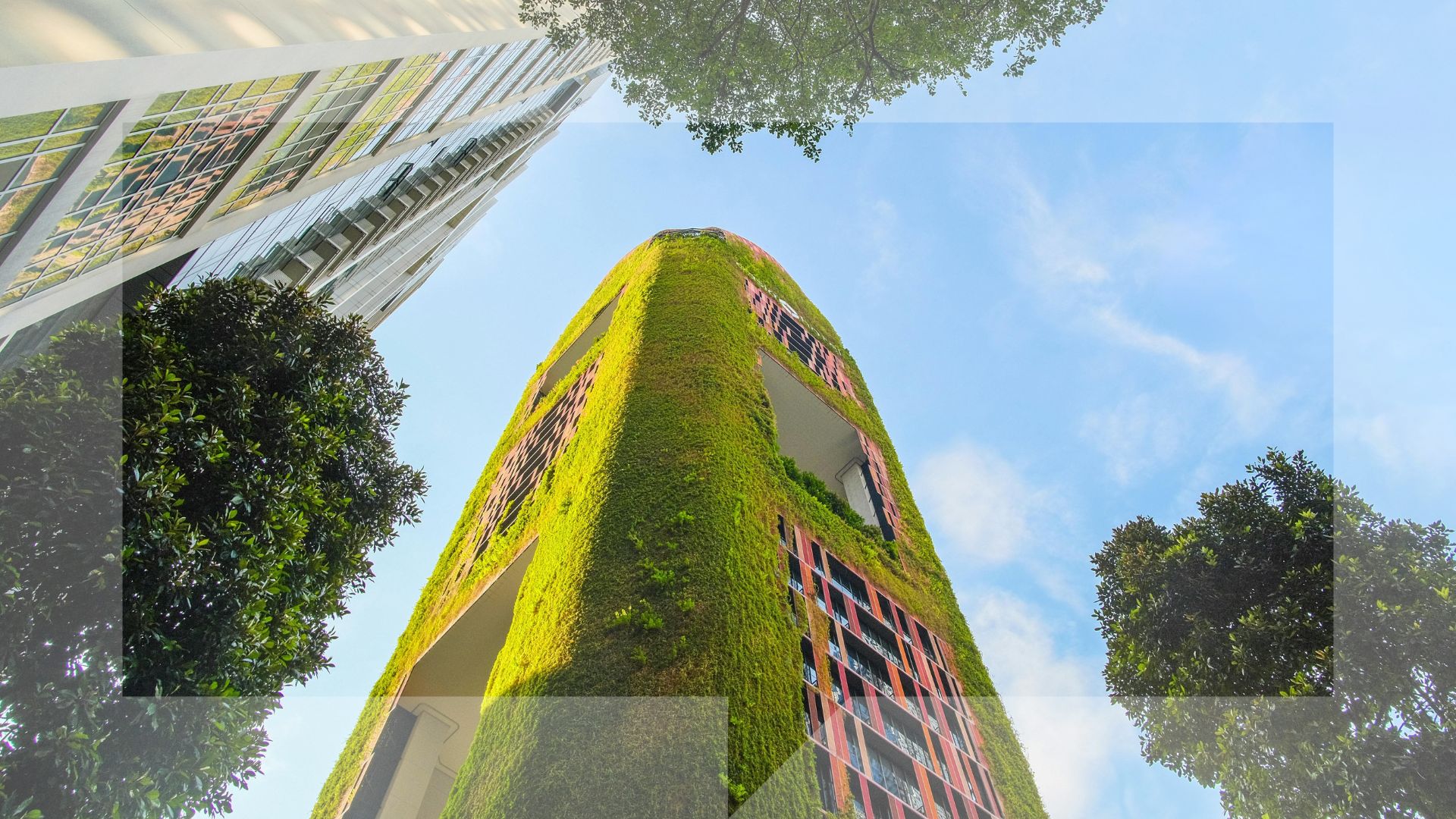Construction Insurance Trends in 2025 - What Brokers need to know

The year ahead could be transformative for the UK construction industry. The demand for residential property is as healthy as ever, and some of the obstacles developers faced in 2024 are starting to lift. The new government’s ambitious house-building targets create opportunities for construction firms. However, success in 2025 will depend on how well construction firms adapt to ongoing skills shortages and embrace innovative building methods.
So how can insurance brokers help their clients rise to these challenges and opportunities in 2025? Increasing their awareness of the major industry trends expected over 12 months is a good place to start.
Keeping on top of what’s happening in the industry allows brokers to provide the most appropriate cover for their clients, protecting them from existing and emerging risks and ensuring the right level of protection in light of expected challenges and rising costs. Here’s our look at the biggest 2025 trends in construction that will impact insurance:
Wage Costs to Increase, While Skills Shortages Continue to Drive Up Tender Costs
A shortage of skilled workers in the construction sector is nothing new, but it’s certainly not a challenge that’s expected to ease up in the year to come. This, combined with Labour’s increase in Employer’s National Insurance Contributions to 15% and a hike in the minimum wage by 6.7% from April will increase wage costs across the board.
As well as wage costs rising, tender costs are expected to increase by a staggering 20% over the next five years, according to figures from BCIS Construction Index.
How Can Brokers Respond?
Now is a good time for contractors and developers to review their cover to make sure they are adequately insured, bearing in mind both predictable and unforeseen cost increases. Encouraging clients to review their policies ensures they stay adequately covered amid rising costs.
Price escalation clauses can help construction firms protect themselves against rapidly rising costs that could result in them being under-insured within the course of a single policy.
Use of Modern Methods of Construction (MMC) Set To Surge
MMC encompasses various construction techniques that streamline the building process, including:
● Off-Site Manufacturing (Prefabrication and Modular Construction)
Buildings or components are partially or fully manufactured in a factory and then transported to the site for assembly.
● 3D Printing (Additive Manufacturing)
Uses robotic 3D printers to construct building components or entire structures with materials like concrete or plastic.
● Smart Construction Technologies
Integration of Building Information Modelling (BIM) for digital planning and design, as well as the use of AI, robotics, and automation to enhance efficiency.
● Sustainable and Eco-Friendly Methods
Use of low-carbon materials, such as cross-laminated timber (CLT) or recycled materials.
MMC can bring a variety of benefits and is likely to play a central part in the government’s plan to step-up house building. In fact, their targets are unlikely to be met without a considerable increase in the use of MMC due to these new techniques’ ability to reduce construction times by 30-50% while reducing costs. On top of these benefits, MMC can also improve quality and sustainability, as well as improve safety conditions and reduce the risks involved with on-site construction. The MMC sector is currently worth £14bn and is growing at 6.3% each year, according to the UK Modular Construction Industry report from Datacity
How Can Brokers Respond?
Construction firms are actively investing in modern, efficient ways of working that improve safety and reduce risk. Over 73% of UK construction projects now make use of BIM, up from 62% in 2017. Brokers who are aware of their clients’ use of MMC will be equipped to offer them appropriate insurance products that accurately reflect their levels of risk.
In addition, construction firms that are involved in sustainable projects may be exposed to specific risks. Brokers that can contribute to their clients’ ability to adapt to this emerging market and the associated risks will help their clients prosper in 2025 and beyond.
Key Takeaway for Brokers
As the UK construction industry enters a pivotal year, insurance brokers must stay ahead of evolving trends to support their clients. Rising wage costs, ongoing skills shortages, and the increasing adoption of modern construction methods present challenges and opportunities.
Brokers who proactively encourage clients to review their coverage, integrate price escalation clauses, and tailor policies to account for new building techniques will provide significant value. Now is the time for brokers to reassess their clients’ policies, adapt to emerging risks, and position themselves as trusted advisors in a rapidly evolving industry.



